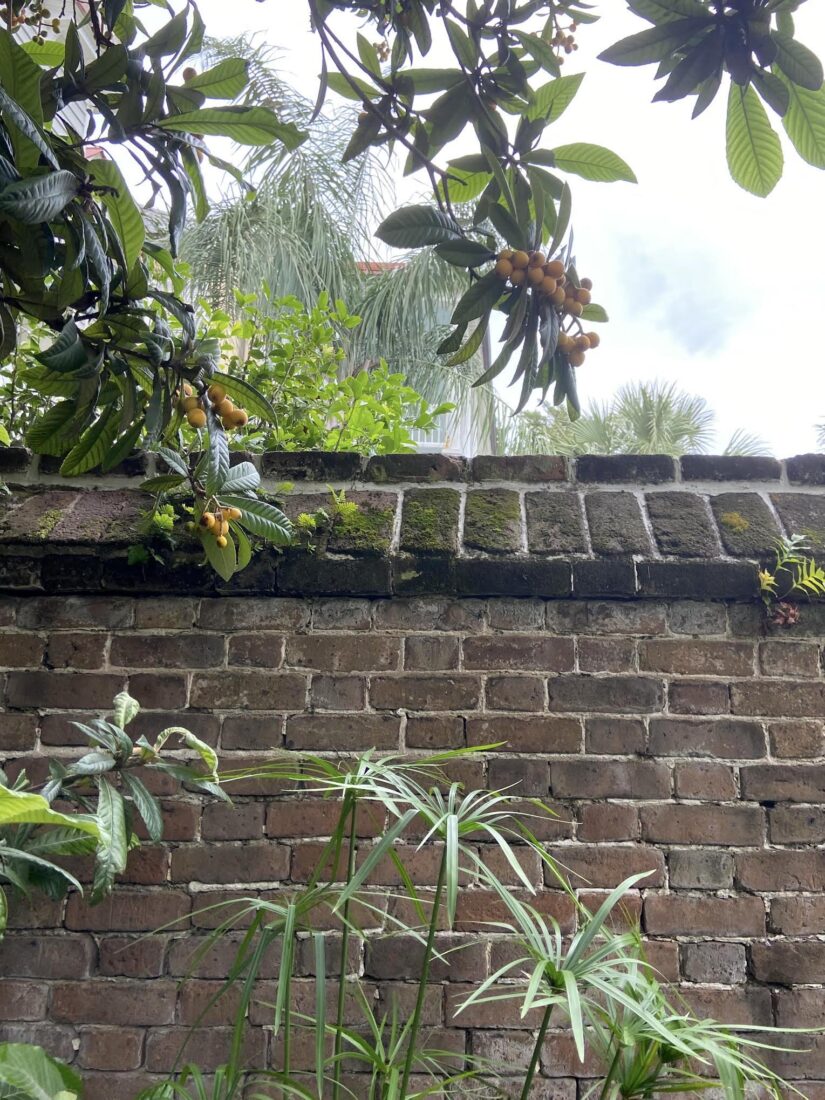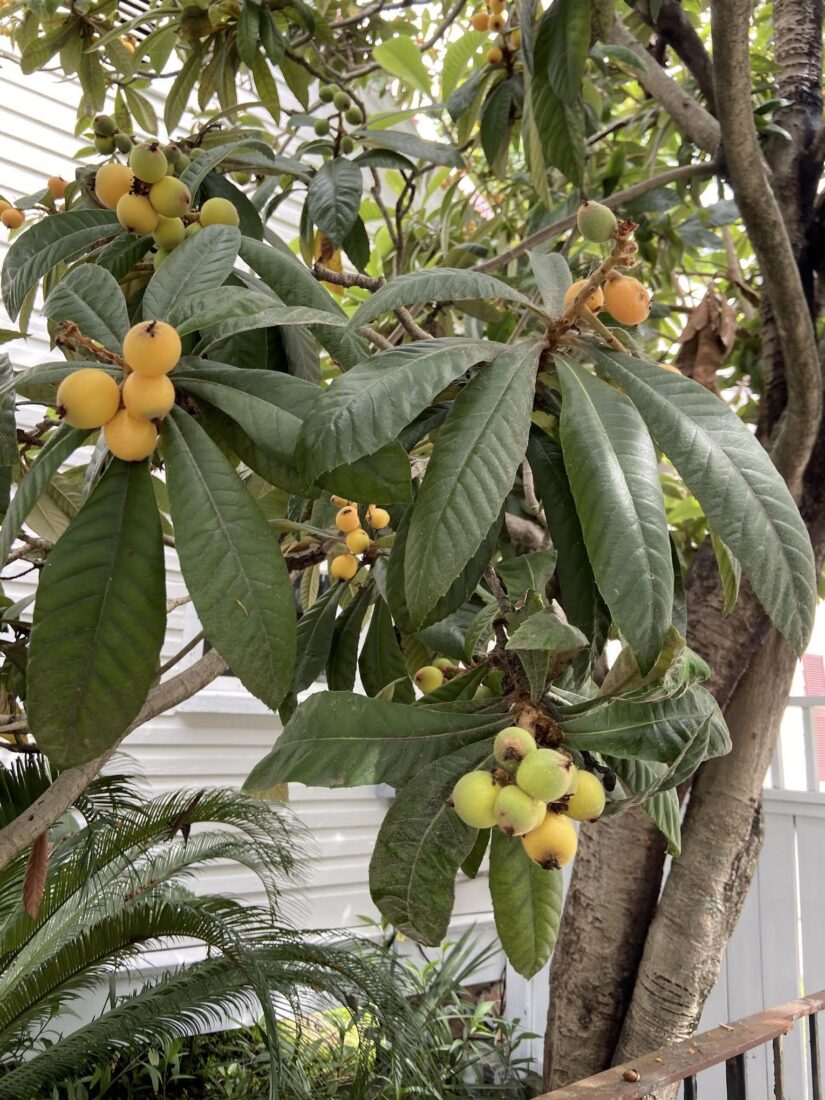As temperatures continue to spike across the South, visions of fuchsia-petaled winecups, pink evening primrose, and bristly Indian paintbrush color my cooler memories of earlier spring, just a few weeks ago. Every year, droves of visitors come to witness Texas’s ephemeral wildflowers, yet there’s another seasonal gift—one that arrives just a little later in my neck of the Lone Star State.

Loquats, or Eriobotrya japonica, are a common sighting across South Central Texas and farther east into Louisiana, Georgia, Florida, and South Carolina. Each year in late spring and early summer, their fig-sized fruits emerge like droplets of sunshine on glossy-leafed evergreen trees. And every season, it feels like they come and go too fast.

Despite their exotic appearance and Chinese origins, loquats—or Japanese plums as they’re often called—have thrived in Texas’ subtropical climate for years and were purportedly a staple in the early frontier diet. Centuries later, they became a fixture for me too during childhood sleepovers at my grandparents’ house in San Antonio. Every morning during the season, as the sun arced overhead, I’d march outside to the lush loquat hedges lining their driveway, racing birds and squirrels for the sought-after harvest.
One by one, I plucked the prized fruits from their branches before popping them into my mouth like golden gumballs. I can still taste their thin, tart skin and sweet, soft meat, feel the warm, sticky juices rolling down my fingers, and remember the hard, marble-sized seeds I’d spit back into my grandparents’ front lawn. This primitive approach is still my favorite way to enjoy a loquat, though there are surely more civilized tactics. Their nuanced flavors of citrus, peach, pear, and melon make the fruits an excellent filling for pies and preserves.

It’s been many years now since my grandparents passed away, yet whenever I get sad or nostalgic for their company, I drive by their old home and look at the tall loquat trees growing up and down the driveway. These warmer months especially reawaken old memories.
Last year, on a solo trip to Tokyo, a gnawing loneliness settled in as I wandered the concrete streets and labyrinth of towering skyscrapers. The feeling took me by surprise, particularly in a city home to nearly 14 million people. Luckily, I found a reprieve in the gardens of the city’s Imperial Palace, where large, established loquat trees beamed with bright yellow fruits. The familiar sight in a foreign land took me right back to the comfort of my grandparents’ house.
More recently, while walking through my neighborhood in San Antonio, I spotted a lone loquat hanging like a star in a sky of branches. Twisting it from its stem, I inhaled the yellow scent and walked home with newfound treasure in the palm of my hand. In the confines of my living room, I took a bite—warm and tart—and felt like a child again, foraging for gold. Now, as the last of spring relents to summer, the loquats in Texas are fading away for another year. Just like the fleeting wildflowers in bloom, however, their presence reminds me that life is sweet, swift, and always waiting to be savored.








